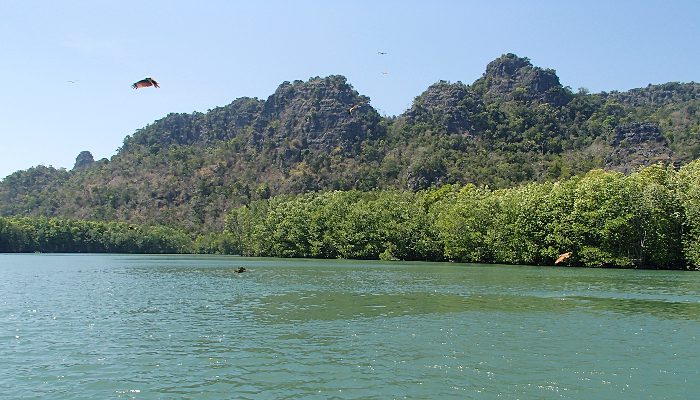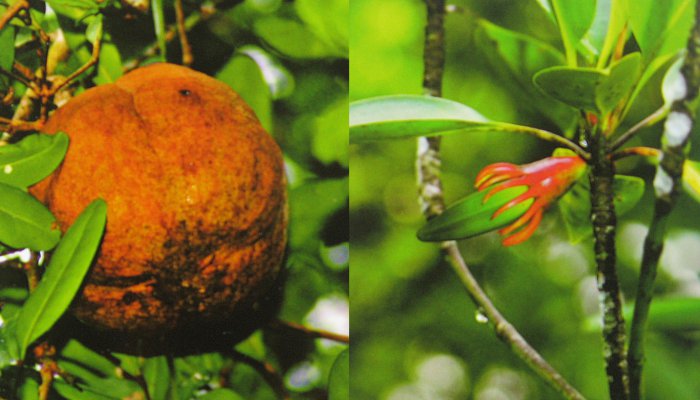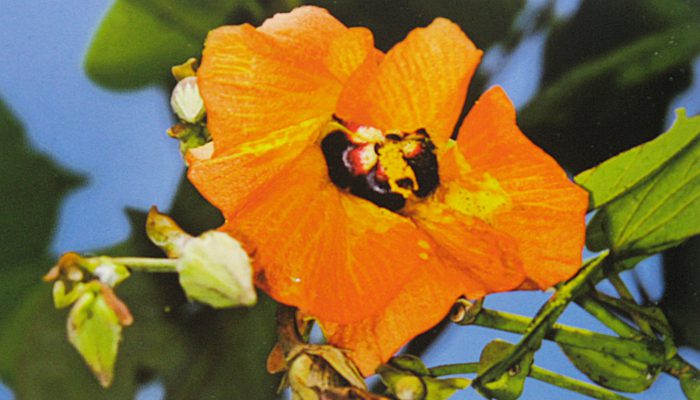Mangrove Flora

- There may be no other groups of plants, such as the mangroves, that can withstand the extreme conditions of high salinity, strong tides, gusty winds, high temperatures and muddy anaerobic soils.
Mangroves are defined as plants, such as trees, shrubs, palms and ferns, growing within the inter-tidal region of coastal and estuarine environments throughout the tropical and sub-tropical areas of the world.
Mangroves can also include the associated forest communities, and the abiotic factors which form the mangrove ecosystem. For instance, the term ‘mangrove’ can be used as an adjective, i.e. ‘mangrove tree’ or ‘mangrove fauna’.
Mangrove plants are morphologically, ecologically and physiologically adapted to survive in extreme conditions of the coastal areas (e.g. leathery leaves, vivipary and aerial roots). There may be no other groups of plants, such as the mangroves, that can withstand the extreme conditions of high salinity, strong tides, gusty winds, high temperatures and muddy anaerobic soils.
Mangroves area in Langkawi cover approximately 3142 hectares, the largest being the Kisap Forest Reserve at 1336 hectares. The mangroves of Langkawi are unique in the sense that they are found on shallow limestone substratum, Type VI mangrove setting.
The mangroves of Kilim are dominated by two types of plants i.e. the Bakau Kurap (Rhizophora mucronata) and Bakau Minyak (Rhizophora apiculata). There are also sporadic stands of other types such as Nyireh Batu (Xylocarpus granatum, X. moluccencis) and Nipah (Nypa fruticans) lining the swamp forest ecosystem.


RIGHT The scarlet calyx glares with boldness, adding some interest to an otherwise drab green fruit of Bruguiera gymnorhiza (Family: Rhizophoraceae).

